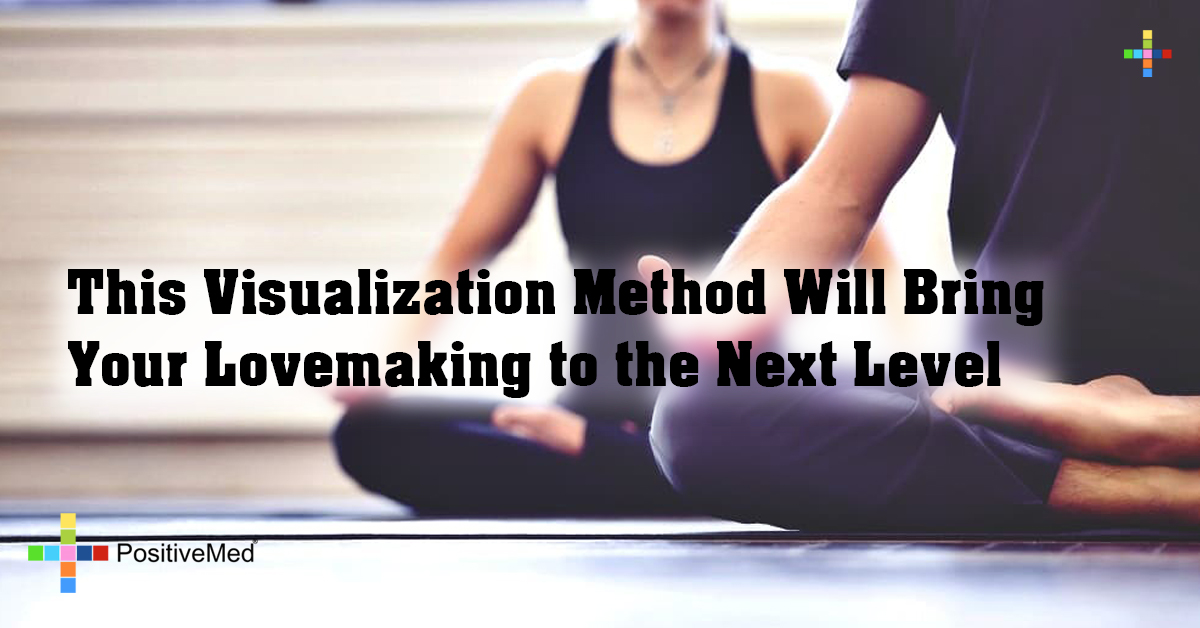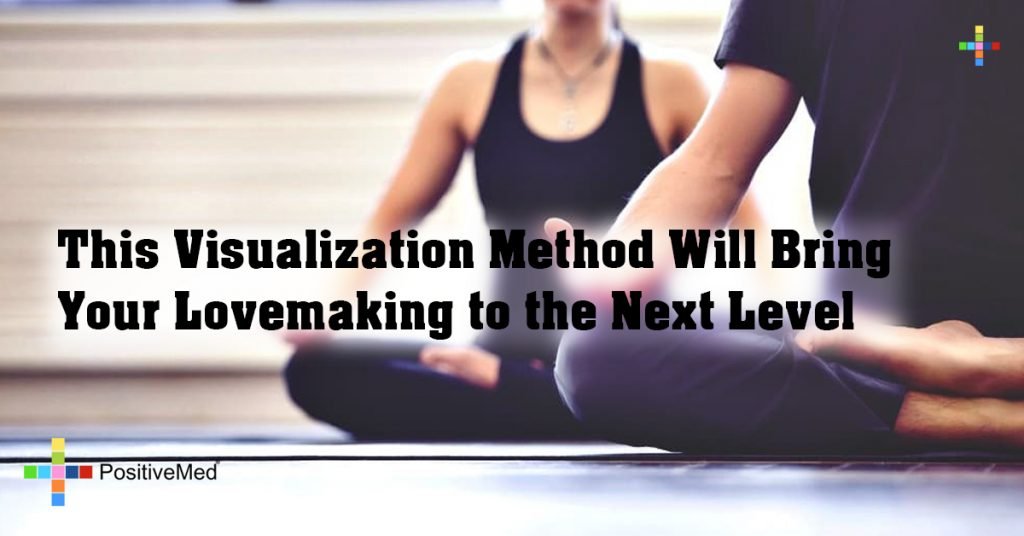
This Visualization Method Will Bring Your Lovemaking to the Next Level
[nextpage title=”…”]
Most of us have been told at one point or another to go to our, “Happy Place.” Usually what this is referring to is an instruction for us to visualize or imagine ourselves in a content and happy state, oftentimes, surrounded by nature. What we may not realize is that when we engage in this type of imaginative day-dreaming, we are really utilizing fragments of a substantiated therapeutic and medical technique known as guided image therapy, or visualization. This technique has been shown to be effective when dealing with a host of issues ranging from chronic pain, to depression, and even improvement of relationships with others.
Definition
Visualization is a technique where,usually at the verbal prompting of a trained professional, an individual uses their imagination to create a setting in which they focus heavily on relaxation and sensory information. It is a form of meditation and is somewhat similar to hypnosis, however clients are consciously still aware of their real and current surroundings. Although it is known as visualization, guided imagery incorporates as many of the senses as possible to deliver a comprehensive and heightened experience.
Essentially, visualization is a way for an individual to develop a mind/body connection in order to improve aspects of both emotional and physical well-being, and to target specific issues. The idea is to focus on mental images and sensations to bring about feelings of relaxation. Not surprisingly, when utilizing guided imagery, an individual will typically experience relaxing of the muscles, and slowing of breathing patterns.
RELATED ARTICLE: How 5 Minutes of Meditation a Day Can Change Your Life
Origins/Uses
Visualization techniques have origins as far back as Ancient Greece. They are also considered to be a currently established approach in Chinese Medicine, as well as American complementary and alternative medicines.
[/nextpage] [nextpage title=”…”]In the 1940’s, psychodrama came to be considered a relevant therapy approach in which clients, often times in a group setting, would role play scenarios and establish group dynamics to analyze problems in life. In the 1970’s, doctors experimented with the use of guided imagery to treat cancer, chronic pain, and other illnesses. Doctors David Bressler and Marin Rossman later used their findings to co-found The Academy for Guided Imagery in 1989. The AGI now trains mental health workers to professionally perform guided imagery with clients. Visualization techniques are often performed with the guidance of a trained professional, but can also be utilized independently, as well as in a group setting. Scripts for guided imagery are available and can be found many places on-line. Today guided imagery has been found by research to be a considerable treatment approach for many issues including:
• Stress
• Chronic pain
• High blood pressure
• Self-care issues
• Grief
• PTSD
• Substance Abuse
• Depression
• Anxiety
• Smoking Cessation
How Guided Visualization Can Improve the Quality of Relationships
Emily Fletcher is the founder of Ziva Meditation and operates the world’s first ever online meditation training program. She explains how guided imagery, power poses, and breathing techniques can be used to assist with creativity, work confidence, high-demand situations, and interactions with others. Emily suggests imagery can be used to turn, “Fear into fuel, and thoughts into things.”
Guided imagery can be an effective tool for confidence and assertiveness when engaging in social interactions. By beginning the process of thinking about a scenario in your head before actually engaging in it, you can essentially prepare your mind and body to remain confident and focused when speaking in public, for example. Additionally, becoming mindful through the use of meditation and visualization can assist one in staying present in the moment, and fully embracing one’s senses during interactions with others. Because stress so strongly affects our ability to respond to certain situations, practicing visualization can reduce your stress and increase your social efficacy. Visualization techniques can also be used to increase body confidence which can lead to more positive social interactions with others as well.
While guided visualization continues to gain more evidence-based research to substantiate its effectiveness in treating an array of issues, more and more individuals are embracing the technique. There are currently several different websites, YouTube videos, audio cassettes, scripts, and several other resources available for anyone looking to learn more about how guided imagery may be able to help them.
[/nextpage]








